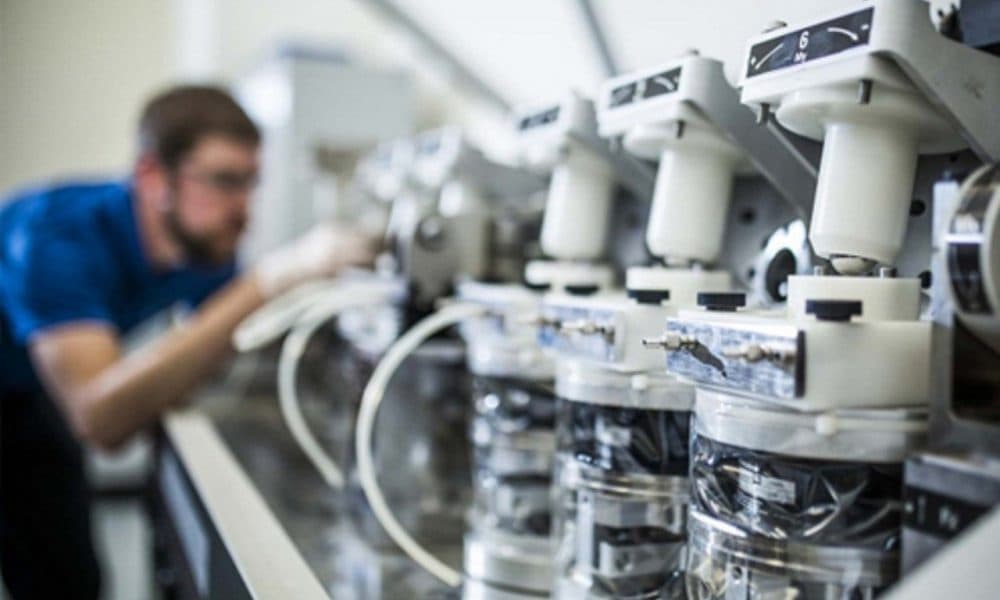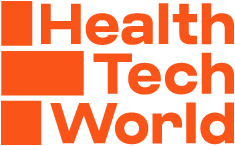
Andrew Martin, senior sales and marketing director at EMEA and managing director UK at Egnyte, discusses the fastest growing trends in biotech.
With the life sciences industry slowly ramping back up to pre-pandemic activity levels, the uncertainty of the last 18 months is starting to lift.
As it does , we are seeing an acceleration of digital transformation across the entire industry with the adoption of decentralised trials, real world evidence, and remote monitoring, amongst other technologies.
In a major departure from the traditionally conservative nature of the industry, what were once fringe ideas have become increasingly popular as companies turn to technology to ensure continued operations during an incredibly turbulent period. In many cases, these companies have thrived as a result.
The question going forward is, will the industry slip back into old habits or have innovative trial designs become the new normal?
This article will examine three of the fastest growing trends in biotechs, as identified by IDC, and the impact they are likely to have on the industry as a whole in the future.
Trend one: Exponential growth in decentralised clinical trials, remote monitoring of sites, and remote patient engagement technologies
The suspension of numerous clinical trials as a result of Covid-19, and the need to prioritise the safety of patients and on-site staff, has resulted in huge growth of remote technologies throughout the industry. Solutions ranging from dedicated mobile apps, electronic clinical outcome assessments (eCOA) and telehealth, to wearables, direct-to-patient shipments, and digital recruitment solutions are now being leveraged on a regular basis.
The subsequent flood of data created has also caused major growth in the use of edge computing to address latency and bandwidth issues, as well as a transition from multiple data silos to more centralised platforms. This has allowed the industry to utilise real-world data (RWD) more effectively, in order to generate clinical evidence regarding the safety and efficacy of their trials.
Trend two: Accelerated deployment of critical applications in the cloud
In December 2020, IDC’s ‘Covid-19 Impact on IT Spending Survey’ found that more than 32 per cent of healthcare/life science respondents expected to increase software-as-a-service (SaaS) spending by more than 10 per cent, more than any other industry surveyed.
Furthermore, IDC’s Worldwide Industry CloudPath 2020 Survey found current cloud implementations combined with planned migrations by mid-2022 averaged 90 per cent for several critical life science R&D applications.
This surge in migrations of critical applications to the cloud has enabled successful business continuation at these organisations during Covid-19, particularly when work from-home policies were implemented almost overnight.
Furthermore, remote collaboration between employees in key areas like clinical analytics and drug safety has underpinned the ground-breaking research and development of vaccines and therapies that will eventually help the world emerge from the pandemic.
Trend three: Digital technology transfer cutting time to market for vaccines and other biologics
Pharmaceutical and biotechnology firms are increasingly expressing the importance of digitising production/supply chain operations. Current drug development processes typically include multiple paper records for transfer of research results, process development, and scale up for creation of batch drug manufacturing.
As a result, data silos in key areas like R&D, process development, and pilot manufacturing can quickly create delays at the commercial manufacturing stage.
Conversely, digital technology transfer eliminates these silos, allowing fast replication of batch processes, and improving quality while reducing time to market for new drugs and new plant assignments.
In the current environment, digital tech transfer has the potential to significantly speed the global manufacturing of massive amounts of vaccines, bringing them to market quickly and with high reproducibility.
The life sciences industry has traditionally been slow to adopt new technologies for numerous reasons including resistance to change and uncertainty over safety and/or how to comply with regulations. However, the pandemic has accelerated the adoption of cloud-based solutions across decentralised teams out of the need to maintain continuity during an extremely disruptive course of events.
As a result, many organisations are quickly learning that these technologies will not only improve the collaboration between colleagues and partners, but also compliance to standard operating procedures and protocols resulting in increased data quality.
The traditionally risk-averse industry has seen an unprecedented time travel forward five years in terms of technology adoption. While some things will revert to status quo, other technologies have proved themselves to be cost effective, compliant with regulatory standards, and beneficial for patient recruitment and retention.
In our decentralised world, the way we work needs to change to keep up. These three trends show that the industry is realising that change is already here.





